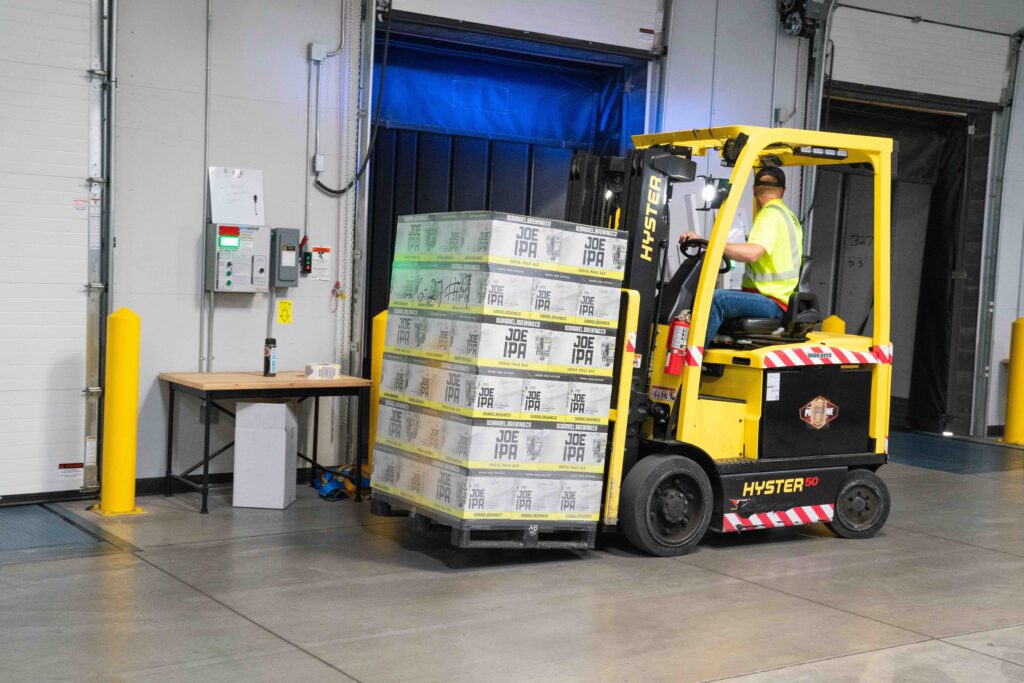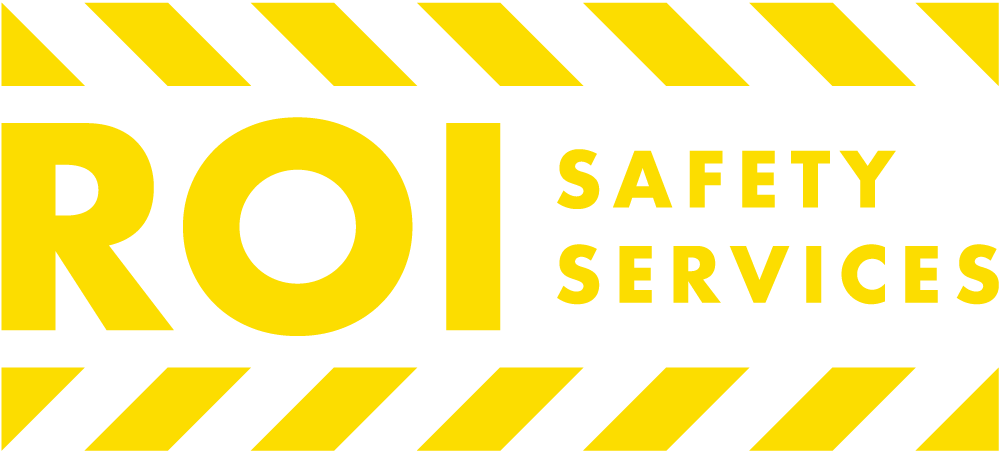
Forklift Accidents: Their Causes and How to Prevent Them
While we don’t always think of them that way, forklifts are extremely dangerous machinery. Not only are they fast-moving, but they are built from heavy steel with a lot of moving parts. Should the operator or any workers in the vicinity of the forklift let down their guard, serious (and even deadly) incidents may occur.
How Frequent are Forklift Accidents?
According to OSHA statistics, there are anywhere between 35,000 to 60,000 forklift-related injuries each year. In 2017, 9,050 of these injuries were severe enough that the employees involved had to take at least two weeks off of work. Not only is that an enormous operational burden for the employee and employers, but the cost of medical treatment can average $41,000 per injury!
The Most Common Forklift Accidents
Below, we’ll highlight some of the most common forklift accidents, discuss what caused them, and outline how they can be avoided in the future.
Rollovers
Due to the fact that forklifts are often tasked with carrying hefty loads, it only takes one misjudgment to cause a rollover. Usually, rollovers happen when the operator turns too quickly, drives on an uneven surface, or fails to balance the load properly. Of course, not every rollover results in an injury. However, they can quickly escalate into a serious injury or even death if the operator fails to wear a seatbelt or to stay put after impact.
It is also vital that other employees recognize the signs of a rollover and act quickly to get out of the way. Moreover, operators should also follow set speed limits and slow down when rounding corners, as this is the most common cause of tipping and swaying. Lastly, maximum weight capacities should be followed at all times. It’s amazing how many accidents result from someone trying to save time by carrying too heavy of a load.
Worker Impacts
It’s vital that operators and their fellow workers think of forklifts as vehicles. In fact, due to their ability to carry such heavy objects in small workspaces, they are actually far more dangerous than cars or trucks. If an operator is careless, fatigued, or distracted, they can fail to warn employees working on foot that they are approaching, leading to all manner of injuries.
To prevent these sorts of worker impacts, operators should take frequent breaks and avoid working long shifts. Studies by OSHA actually show that workers on 12-hour shifts are 37% more likely to cause an injury. Another great way to prevent worker impacts is to use floor tape to create a “road” for forklift operators to follow. This designates a space where workers should either not walk or exercise extreme caution when doing so.
Falling Loads
While the forklift certainly handles most of the “heavy lifting,” it is the operator’s responsibility to handle and balance the load. If the pallet is off-center, damaged, or loose, it may not stay securely on the forks when moved from point A to B. The same is true if there is no load backrest, the forks are bent, or the operator bends or tilts the mast too quickly. Obviously, any large or heavy load that makes impact with a worker can cause serious injury.
The main way to prevent falling loads is to never carry loose items in the first place and to always be sure to properly secure each load before moving it. When dealing with pallets of loose material, shrink-wrap or banding should be used to keep all items in place. The operator should also take care to put the heaviest part of the load against the carriage and avoid “jerky” movements when elevating or lowering the forks.
In Conclusion
Forklift accidents are, unfortunately, very frequent. But they don’t have to be. However, what many of these accidents really boil down to is a simple lack of operator training. That’s why you need RIO Safety Services. We provide comprehensive Forklift Training Classes on-site at your location. To learn more, visit us at: https://www.roisafetyservices.com/onsite-forklift-training-california/

